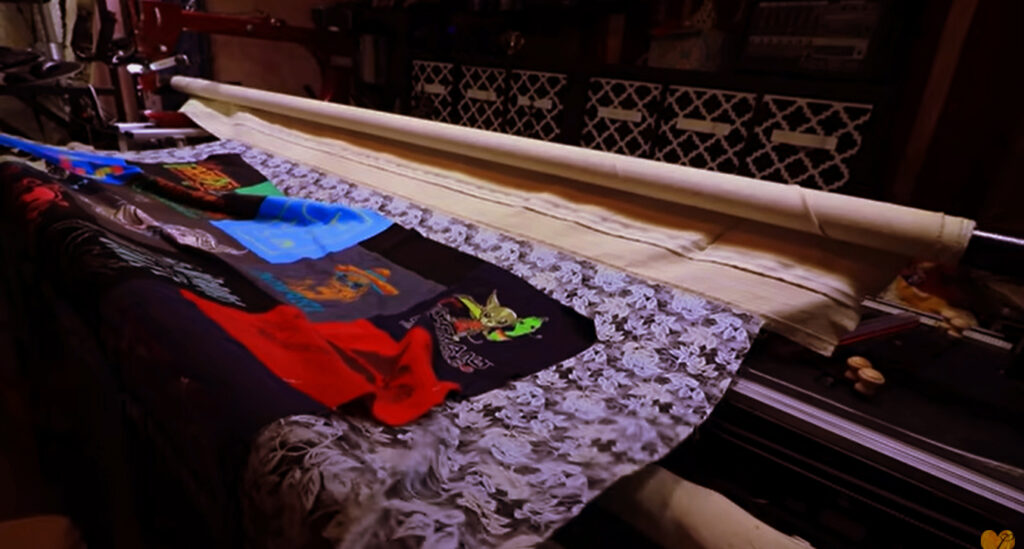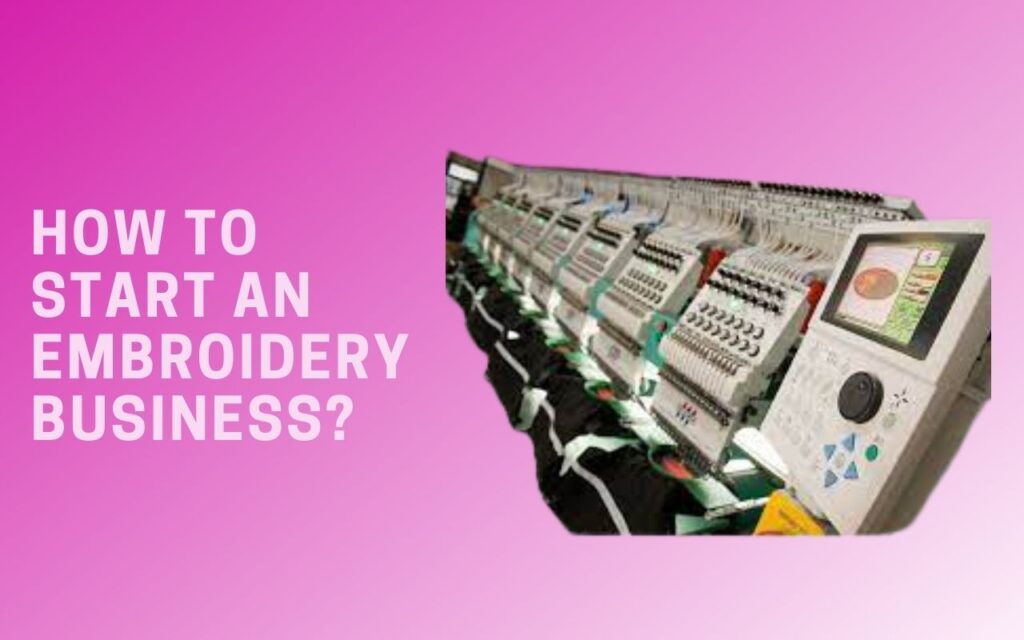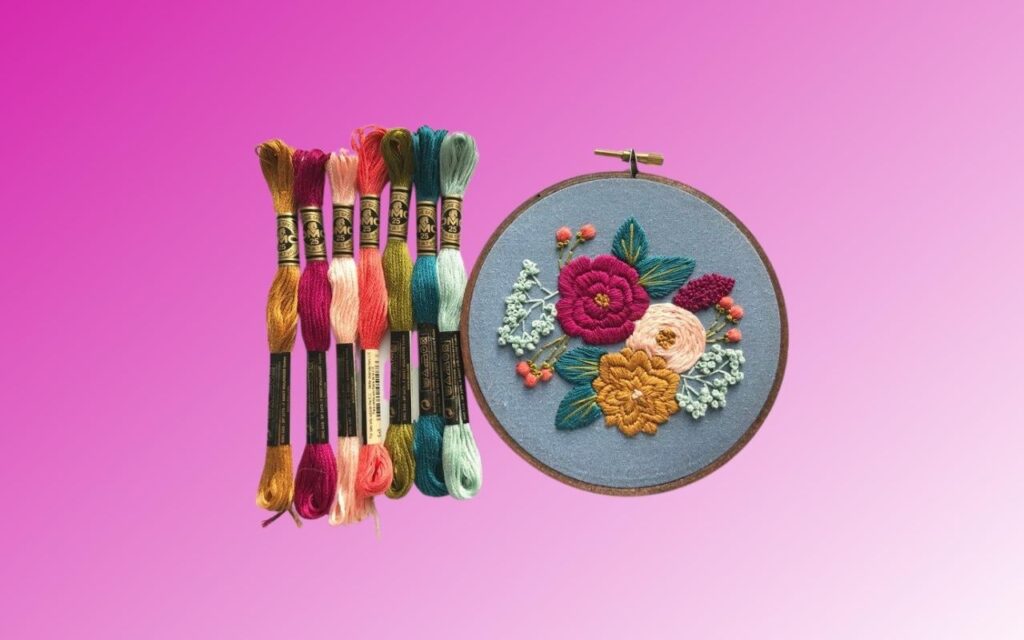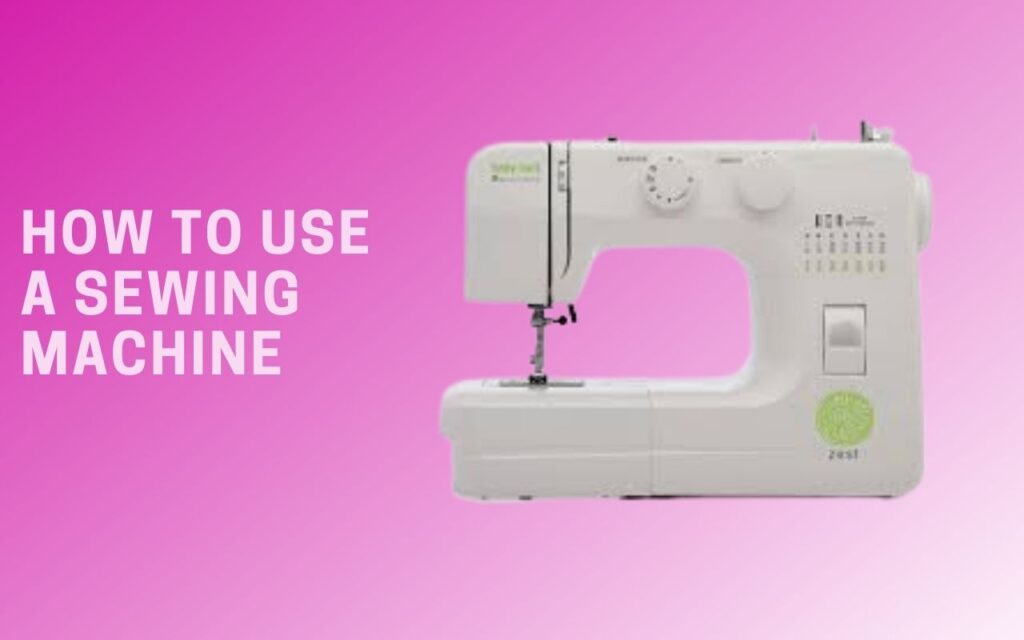We’ve all heard about quilting, but have you ever pondered how individuals can make such magnificent works of art? They usually make it with either a mid-arm or a longarm with a sewing machine. You can also use it to create beautiful patterns and designs if you take the time to learn how to do so. You can sew your quilt on your machine or send it to a longarm machine. Quilters now have a lot of choices for completing a project in a skilled and timely manner before you begin the long and careful quilting process due to technological advancements.
If you’ve never attempted long arm quilting, you may be wondering what all the excitement is about. You need not be concerned. We’ve arrived to clear things up. This post covers all you must know about long arm quilting. So, please continue reading to find out a little more about longarm quilting and whether it’s perfect for you.
Contents
- 1 What is Long Arm Quilting?
- 2 A Brief History
- 3 Parts Of Longarm Quilting Machine
- 4 How does a longarm work?
- 5 Types of Longarm Quilting Machines:
- 6 Longarm Quilting Machine Styles:
- 7 Pantograph:
- 8 Custom:
- 9 How Much Does Longarm Quilting Machine Costs?
- 10 Benefits of a Long Arm Machine
- 11 Pros and Cons a long arm quilting machine
- 12 Pros:
- 13 Cons:
- 14 How is Longarm Quilting different from Regular Quilting?
- 15 Conclusion
What is Long Arm Quilting?

Today, we’ll look at longarm quilting, as well as how to operate longarm quilting machines.
Longarm quilting is a kind of quilting that involves using an extra-large sewing machine to handle quilts
of all sizes. The machine has a long arm, which is the distance between the needle and the arm, as the
name indicates. It is a style of machine quilting that uses a sewing machine with a long arm and a big
throat to handle enormous quilts.
Longarm quilting is the process of stitching a quilt top, quilt batting, and quilt backing together into a
finished quilt with a longarm sewing machine. The length of a longarm sewing machine frame is usually
between 10 and 14 feet. A comprehensive longarming system usually includes an industrial-length sewing
machine head, a 10- to 14-foot frame, a table with a layer of plastic beneath which a pantograph is there,
and multiple rollers on which the fabric layers and batting connect.
A Brief History
The longarm quilting machine has a long and illustrious history. When the sewing machine initially launched in 1871, it sparked the idea for “the quilting machine.” The initial quilting machine and frame consist of merely two bars that enabled the operator to move the quilt and a frame beneath the machine to sew straight, parallel lines on the cloth.
Users would lay the quilting frames and quilt under the machine to quilt straight lines. By 1877, the “quilting machine” had been updated to resemble today’s longarm quilting machines. Before electricity, the operator moves the machine down the tracks and over the fabric by turning a hand crank.
Quilting machine designs and patents have changed dramatically in the almost 30 years since their first introduction. Quilters have grown to love and understand the longarm sewing machine during the last 20 years.
Parts Of Longarm Quilting Machine
A sewing machine head, a worktable, fabric rollers, and a strong metal frame comprise a longarm machine. The length of the frame varies depending on the machine, although it usually falls between 10 and 14 feet.
The table region’s size can change, much like the machine itself. Large tables are frequently large enough to hold king-sized quilts. The thin, translucent plastic and designs you want to follow are usually on a flat table section. The sewing machine is relatively large, and it is mounted on wheels to move over the frame’s metal rails. A full range of motion is possible as a result of this.
How does a longarm work?
- To start longarm quilting, you have to put the quilt layers on the machine’s rolling bars. Then place the top and backing of the quilt onto two feeder bars on one side of the machine.
- Then join the quilt’s backing to a third roller, referred to as the “take-up” roller, with sewing pins, a snap mechanism, or zippers.
- A single row of stitching is usually used to bast (temporarily sew) the backing, quilt top, and batting together.
- You can also use the muslin leader on the take-up roller to pin these portions together.
- The stretched fabric region between the take-up and feeding rollers is where you stitch the fabric layers together to form the completed product.
- Electronic controls are used on longarm quilting machines, allowing the user to change the fabric that spans the machine’s working area.
Types of Longarm Quilting Machines:
Two types are:
Computer Guided:
A computer-guided machine links to a computer system that helps you choose the pattern you want to stitch. To begin the stitching process, you have to press a button.
Hand Guided:
Hand-guided machines include handles that enable you to move the machine along the cloth and create the design you want.
Longarm Quilting Machine Styles:
Pantograph patterns, such as “edge-to-edge” and custom work, are two of the most common styles of
quilting done by longarm quilting machines.
Pantograph:
A pantograph design is a long pattern that spans the entire table. The motif is generally repeated in rows to create an all-over quilt top design. Pantographs are the most popular choice since they need the quilter to put forth the least amount of work.
Custom:
Custom work is also an option, although it is more time-consuming. This choice is ideal if you wish to sew unique designs in each block or part of the quilt. This sort of pattern will cost extra if you submit your quilt to be stitched by a professional since it requires more attention to detail. Some stitching techniques, such as meandering, which involves a fill-in design all over the fabric, need less attention to detail and maybe completed fast. Like feathers and motifs, other patterns and designs require a higher level of intricacy and alignment from the longarm quilter, which may be time-consuming and expensive.
How Much Does Longarm Quilting Machine Costs?
Longarm quilting machines are more costly than regular quilting machines. They cost anything from $5,000 to $40,000 on the open market, which is not within the means of any amateur! As a result, taking your completed quilt tops to a local quilting shop is a more cost-effective option. The costs of machinery will vary depending on the company.
Benefits of a Long Arm Machine
Quilters have traditionally stitched the quilt top, batting and backing together by hand, but this takes
longer. Machine quilting has the advantage of being quicker. Because the standard sewing machine has
such a limited work area, machine quilting on a home sewing machine is impossible. The arm reach on
most long arm quilting machines is 18 inches.
Another benefit of the long arm quilter head over conventional sewing machines is that it travels
independently of the cloth, providing the operator more control. Longarm quilting takes far less time than
hand quilting or typical machine quilting. Longarm quilting has grown in popularity because of the time
savings it offers.
Pros and Cons a long arm quilting machine
Now, have a look at the pros and cons of having a long arm quilting machine.
Pros:
- Longarm quilting machines are strong, long-lasting, and ideal for large-scale tasks.
- Because the machine, table space, and frame were all created expressly for larger projects, you’ll be able to stitch and assemble a huge final creation quickly and easily.
- Longarm quilters can quilt several feet in a single pass on specific models, making them an excellent alternative for individuals who need their quilting completed quickly.
- Thanks to technological advancements, you may now submit your own design and make it a reality.
Cons:
Using a longarm machine has certain significant disadvantages.
- Depending on your space available, the sheer size of the longarm quilting machine may be a problem.
- This purchase may be costly.
- If you have back or neck pain, employing a long arm might be harmful over time because you must usually stand, so you should use a long arm quilting machine for home usage since it comes with a frame that can extend 14 feet, as well as a table and other equipment.
- Beginner quilters may also find longarm quilting machines frightening.
How is Longarm Quilting different from Regular Quilting?
Like every other quilter, you must decide which machine is ideal for you. If you’re new to quilting, make sure to try out any quilting machine first before making a purchase. Keep in mind that many quilters prefer a standard sewing machine because it produces excellent results without the extra difficulty of a long arm.
If you want to enhance your free-motion quilting, save your money and practice more. Some quilters believe that a long arm machine performs practically all their work. In truth, it won’t make quilting any more accessible or help you improve your quilting skills any faster. Instead of buying a machine hoping that it would do all of the work for you, invest in a machine that will allow you to develop your talents and become the quilter you desire.
Conclusion
Quilting is a rewarding and delightful activity for many people, but it might take a long time for some. Longarm quilting machines, as well as quilting firms that employ them, save you a lot of time at a low cost of service. These machines are great for making enormous, bulky quilts since they let longarm quilters swiftly build massive crafts. Also, we hope that now you have all the knowledge related to longarm quilting.




